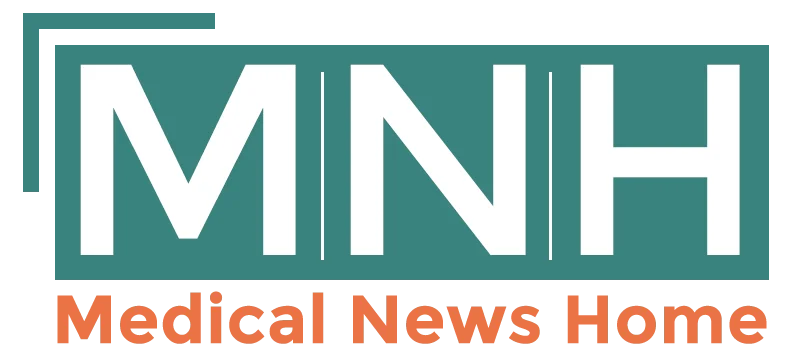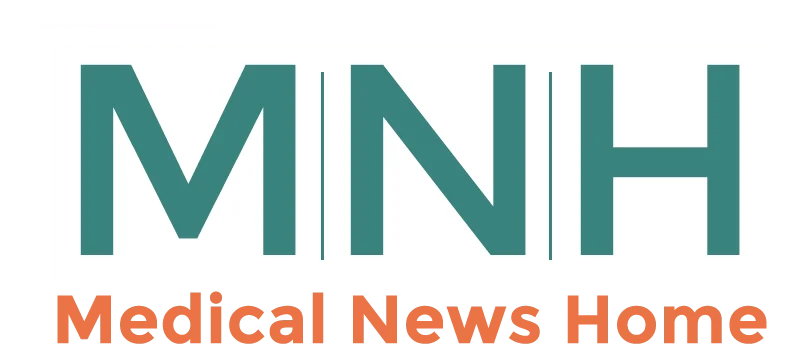Practice Management Software and Electronic Medical Records (EMR) Systems
- Updated on: May 7, 2025
- Published on Feb 10, 2020

Electronic Medical Record (EMR) systems are referred to as an electronic record of patient’s health related information that is created, managed, gathered, and consulted by authorized healthcare professionals.
EMR facilitates workflow and increases the patient’s quality of care and safety. It is a software program that is a digitized version of the traditional paper based medical records. EMR stores patient’s medical history, immunization data, medication, important notes, etc.
Key Features of a good EMR system
Understanding of security and privacy that an EMR can provide is very important before going for any EMR system. Below is a look at the top 7 key features that every EMR system must have.
- Provider-to-provider Communication:
One should be able to access EMR systems from anywhere along with this should also be able to share information between physicians. This features helps in speeding up patient’s treatment by making sure that every doctor has an update and accurate data of patient’s medical record and history. Along with sending information, EMR system should also allow you to communicate and have a chat directly with another physician. - Customizable EMR Templates:
An EMR system should allows to create templates, it speeds up the charting process. It creates easy and quick view of patient’s data for referencing. The systems mostly have their own template but ability to customize the template speeds up the entire workflow process.
- Few examples of templates that could be customized are:
- Intake and response letter
- New consult assessment
- Daily encounter with common patients and conditions
- Quick links for frequently used medications and diagnostics
- 24/7 Access and Reporting:
Healthcare professionals and even patients wants their EMR to be accessible 24/7 from anywhere. This directly means that it should be built on web based platform like cloud, so it can be accessed anytime anywhere through mobile phones, tables, web or any other source with internet connection. The best EMR system has the feature to set up customizable reports and let you update them on regular basis. Reports should be generated automatically based on all the information that is registered in the EMR. - E- Prescription Feature:
This is one of the most important feature that should be taken into consideration before opting for an EMR system. The ability of the system to send prescriptions and authorize refills makes it easier for the patients to get their medications; it even helps them to directly communicate with the pharmacies. This can also track the medicines that have been prescribed to patients and it should also notify if any prescribed medicine will interact with another medicine that the patient have been taking or if any other allergy patients have with any drug. This ensures that the prescribed medicines are safe for the patient. - Lab Integration:
EMR will work smoothly and boost efficiently if it is well integrated with the laboratory. This will facilitate the monitoring of the test samples and results. The results can then be automatically be added to the patient’s chart. This will save time and increase patient care. Good lab integration makes communication easier between doctors and lab easier. Lab results should be displayed in an easy to read format, so it is easy to understand for patients too. - Patient Portals:
It is one of the best way to help and educate patients and provides a platform to share the information with doctors and this will help doctors to treat them right. EMR systems provides patients a safe and secure login portals for patients, where following information can be easily accessed:
(a) Lab results
(b) Care instructions and education material
(c) List or allergies, medication, immunizations
(d) Doctor visits and discharges summaries
(e) Appointment scheduling
(f) Contact informationPortals for patients are a great way to book appointments online and it also encourages patients. It also provides a centralized place where all the information is stored safely.
- Appointment scheduling:
Patients visits should be scheduled using EMR, so this will keep a track on appointments and it will notify patients as well as physicians for the appointments. Scheduling features improve the productivity by avoiding lots of phone calls or admin processes and it organizes the calendar.
EMR Integration
EMR is technological boom and its adoption has also been increased to 85%, it enables doctors and patients to communicate more effectively and it reduces errors. EMR integration allow patients to schedule their appointment without any hustle, patients can also check their reports and even ask questions to their doctors. Integration of EMR can lead to smooth healthcare practice. Integration of EMR has various benefits such as:
- Telehealth session can be initiated by patients.
- Easy access to prescription and refill request can be generated easily.
- Patients can have easy access to their medical records, lab results, and doctor’s notes.
- Patients can check open slots and book their appointment as per their convenience.
- Patient information can easily be shared with other physicians if needed.
Some EMR Systems That Can Be Considered for Integration Are Listed Below:
Real-Time Medical
This tool has been created by radiologists; this integration of EMR allows providers and patients to balance their diagnostic workload in multi-system environment.
Cerner
Cerner is one of the leading suppliers in healthcare technology industry. Products from Cerner can be easily integrated with EMR which in return adds EHR, data insights, etc.
eConsult
eConsult can easily be integrated with EMR can it can provide patient information using auto-population based on requests.
eHealth
It can only be accessed in Ontario, it offers platform to access patient information with security and privacy from anywhere.
Maple
Virtual care through Maple provides build-in clinical tools for medical notes, prescriptions, requisitions and it can also be integrated with almost any EMR tool.
These are few examples of EMR integration tools that can be considered, though while selecting the EMR tool, factors like price, implementation ease, reviews, training options, ease to use, and ability to integrate with the system plays an important role.


